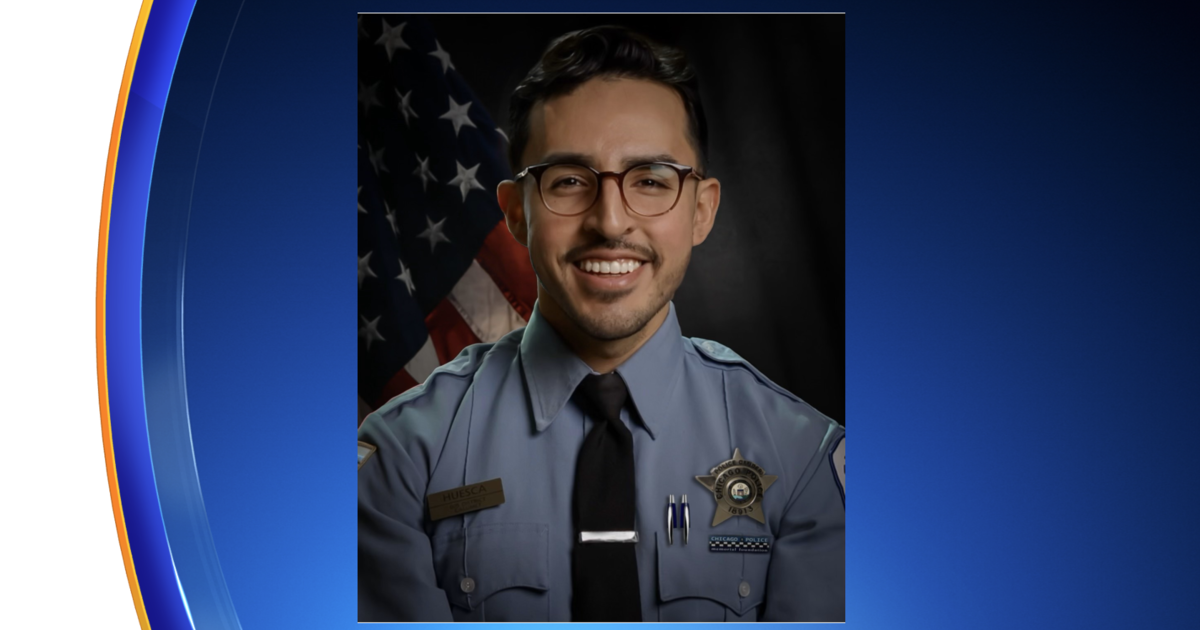Chicago Hauntings: Strange Sightings Near Site Of Long-Gone Lincoln Park Bridge That Became Known As 'Suicide Bridge'
CHICAGO (CBS) -- Starting just before the World's Columbian Exposition of 1893, the city had a lot of structures built in anticipation of the arrival of the fair.
The fair, of course, was centered in Jackson Park – home to the storied White City, where the onetime Palace of Fine Arts was transformed into the Museum of Science and Industry 40 years later – and along the Midway Plaisance, where the Ferris wheel was located. But the idea was not only for people to come to the fair, but to see the whole city.
Thus, miles away in Lincoln Park, a soaring sightseeing bridge called the High Bridge was constructed over the South Lagoon and a carriageway that later became the present-day DuSable Lake Shore Drive. The site is just east of the present-day Lincoln Park Zoo.
Chicago Hauntings writer Ursula Bielski reported the Lincoln Park Commissioners had the bridge built at a cost of $20,000. It was the only way to get to the lake on foot between Fullerton and North avenues – which of course are a mile apart.
It is estimated that the bridge was four or five stories high, Bielski wrote. Tony Szabelski of Chicago Hauntings Ghost Tours reports that people could actually see the World's Fair some 10 miles to the south, with the downtown skyline not yet tall enough to obstruct the view.
The bridge was torn down in 1919, amid claims that it was in disrepair. But in the short time it existed, there were around 100 documented suicides off the bridge – as well as numerous other attempted suicides and accidents.
The bridge also became a seedy place – attracting drunks, prostitutes, and strange characters from around the neighborhood, Szabelski reports. In his Illinois History Journal blog, Dr. Neil Gale reports one such strange character would "whistle at the moon in a strange, eerie tone that scared the heck out of the cops."
Szabelski believes the rash of suicides are the real reason the bridge was torn down – not because it was in disrepair, but because it had become very difficult for police to patrol.
Starting in the late 19th century, there were many people working in the zoo, people who lived in the neighborhood, and also police officers who worked the beat at night in the park who all started having paranormal experiences, Szabelski reports.
A review of old newspapers turns up a lot of stories of police officers claiming to chase shadow figures through Lincoln Park near the lagoon. One shadow figure that officers chased through the park was nicknamed the "Sombrero man" – appearing as a shadow figure wearing a broad Sombrero, Szabelski reported.
Officers even claimed they would shoot at the "Sombrero man" and he would shoot back, but no one was ever struck, Szabelski said.
Meanwhile, apparitions of two little girls have been spotted roaming around the area. There had once been an accident on the bridge in which two little girls lost their lives. Bielski, who documents the deaths associated with the bridge individually, points out that two sisters ages 10 and 12 drowned in Lake Michigan off Lincoln Park in 1907.
Bielski reported the girls' parents had believed one of the girls drowned trying to save the other, but the girls' grandmother told police she thought the girls had committed suicide after abuse at home.
Szabelski also points out that suicides were so commonplace at the bridge that people would reportedly sometimes picnic underneath it in hopes of witnessing a suicide. That of course comes off as being in incredibly bad taste today, but Szabelski notes that the context was the Victorian-era obsession with death in the 1890s.
An actual postcard even refers to the bridge as the "Suicide Bridge."
In the years following the demolition of the bridge, Gale notes that the South Lagoon and the park were redesigned as part of a 1935 Works Progress Administration project. The work was finished in 1941, Gale notes.
Video produced by Blake Tyson. Written story by Adam Harrington.






